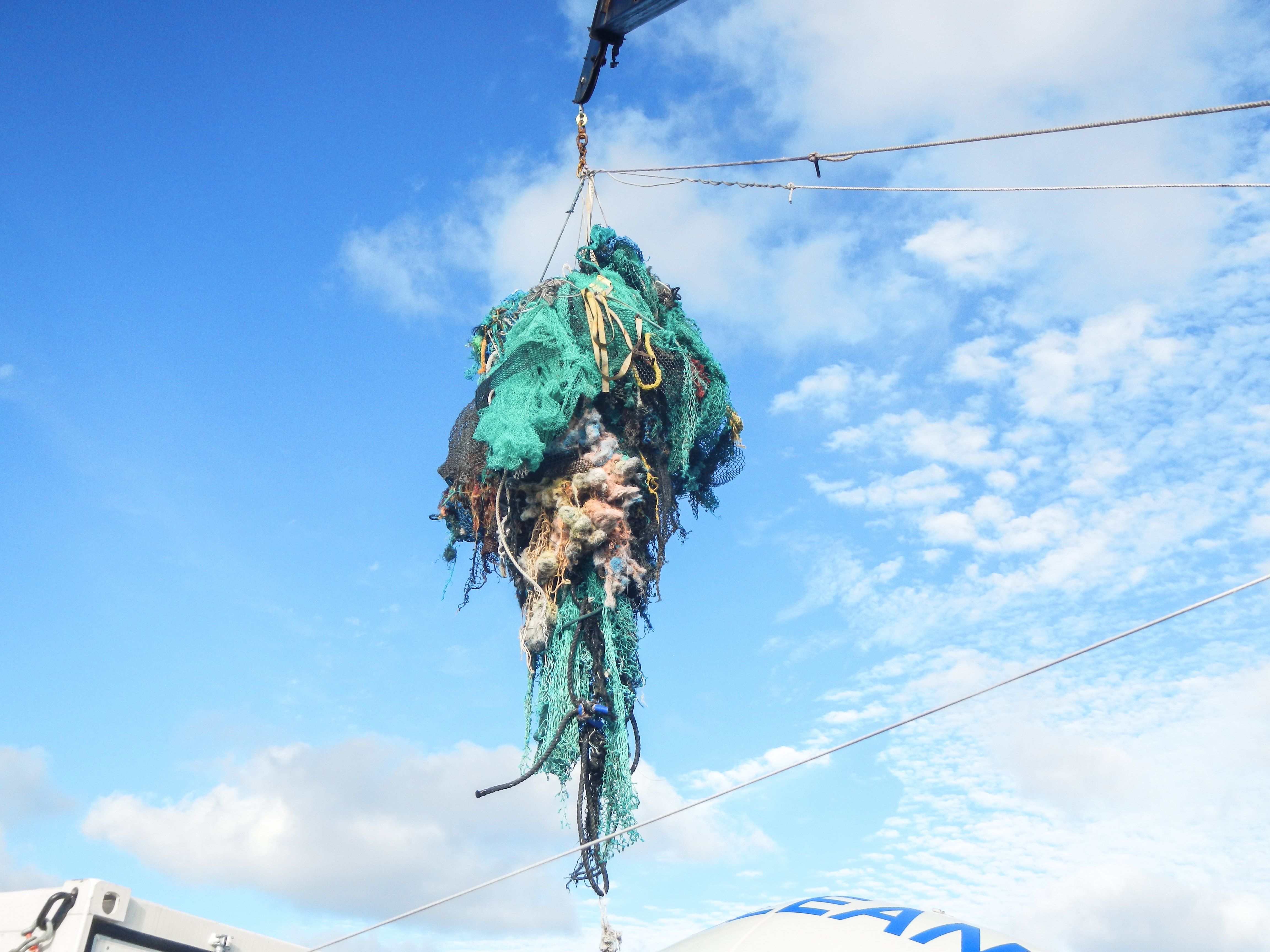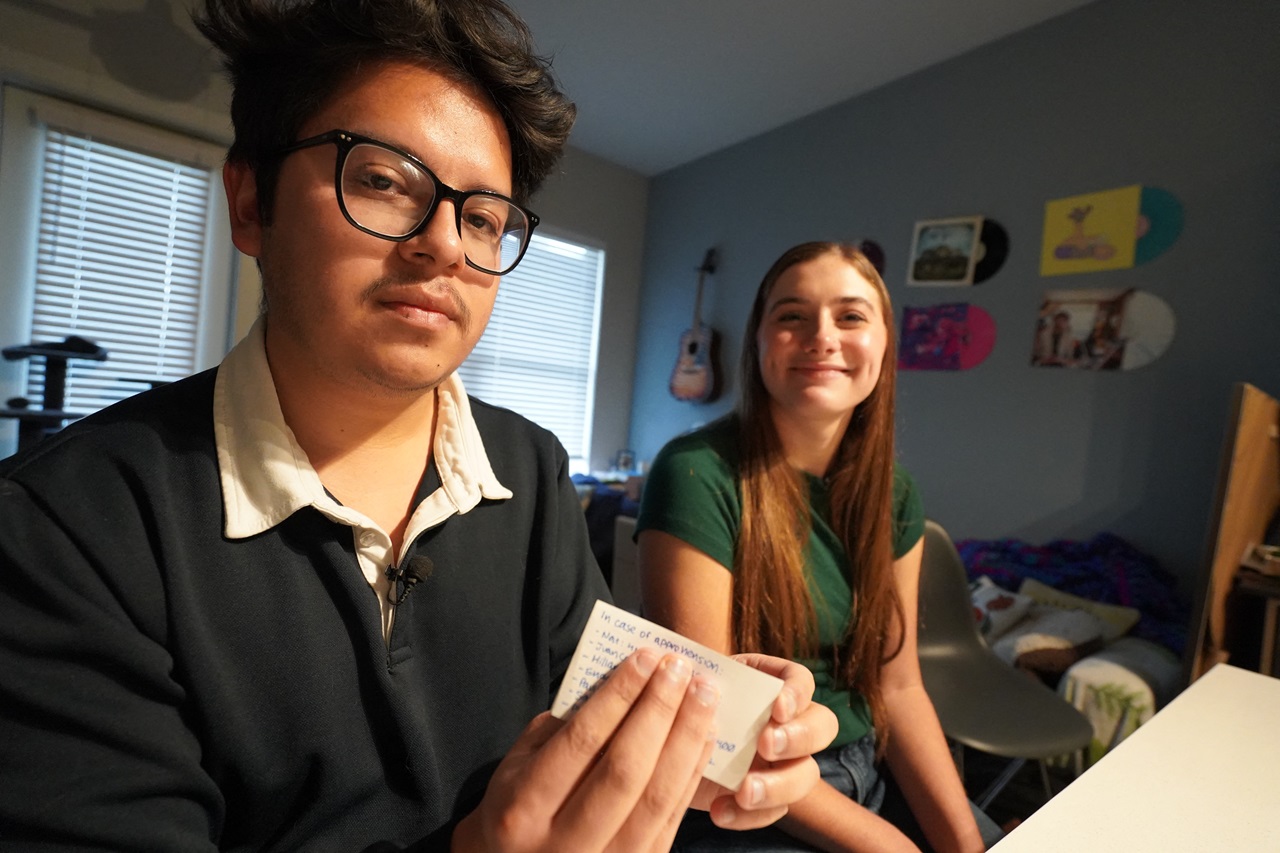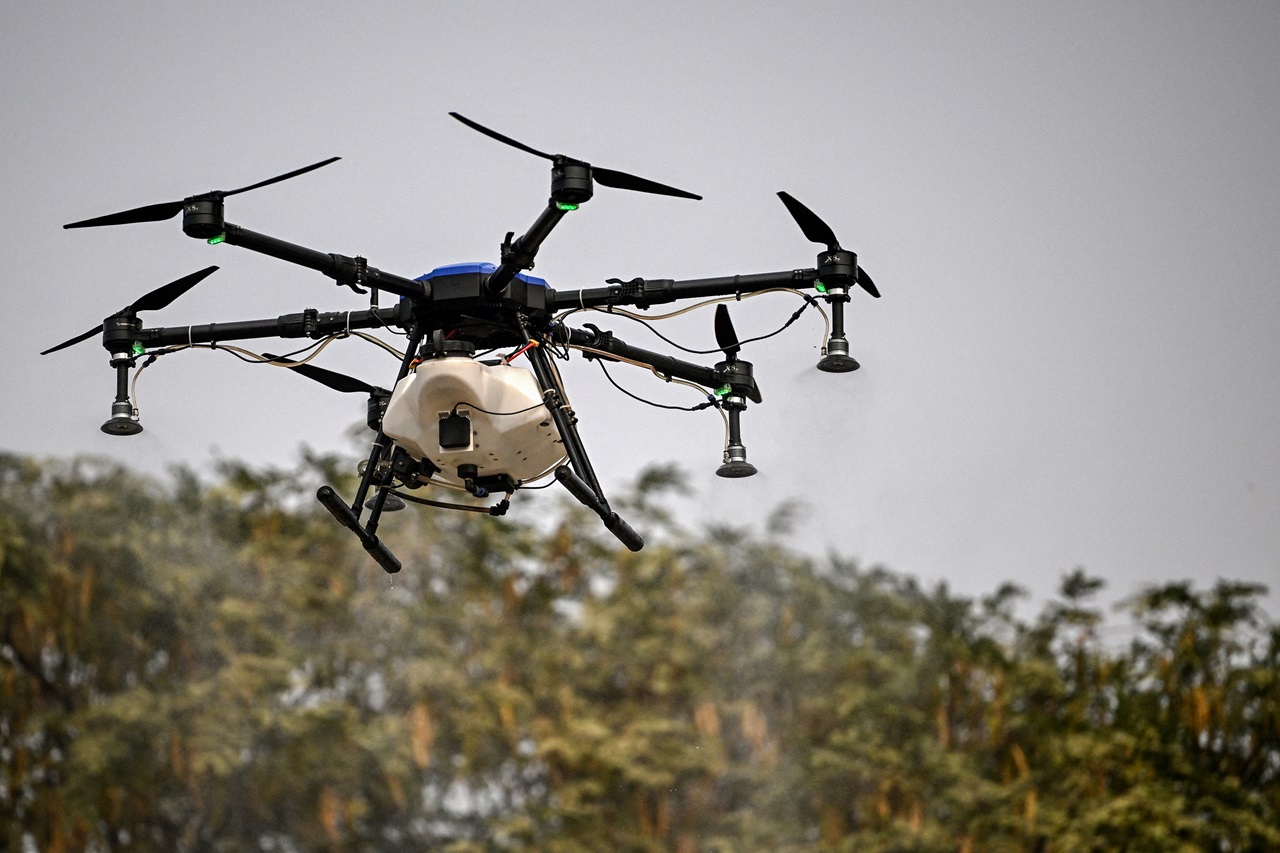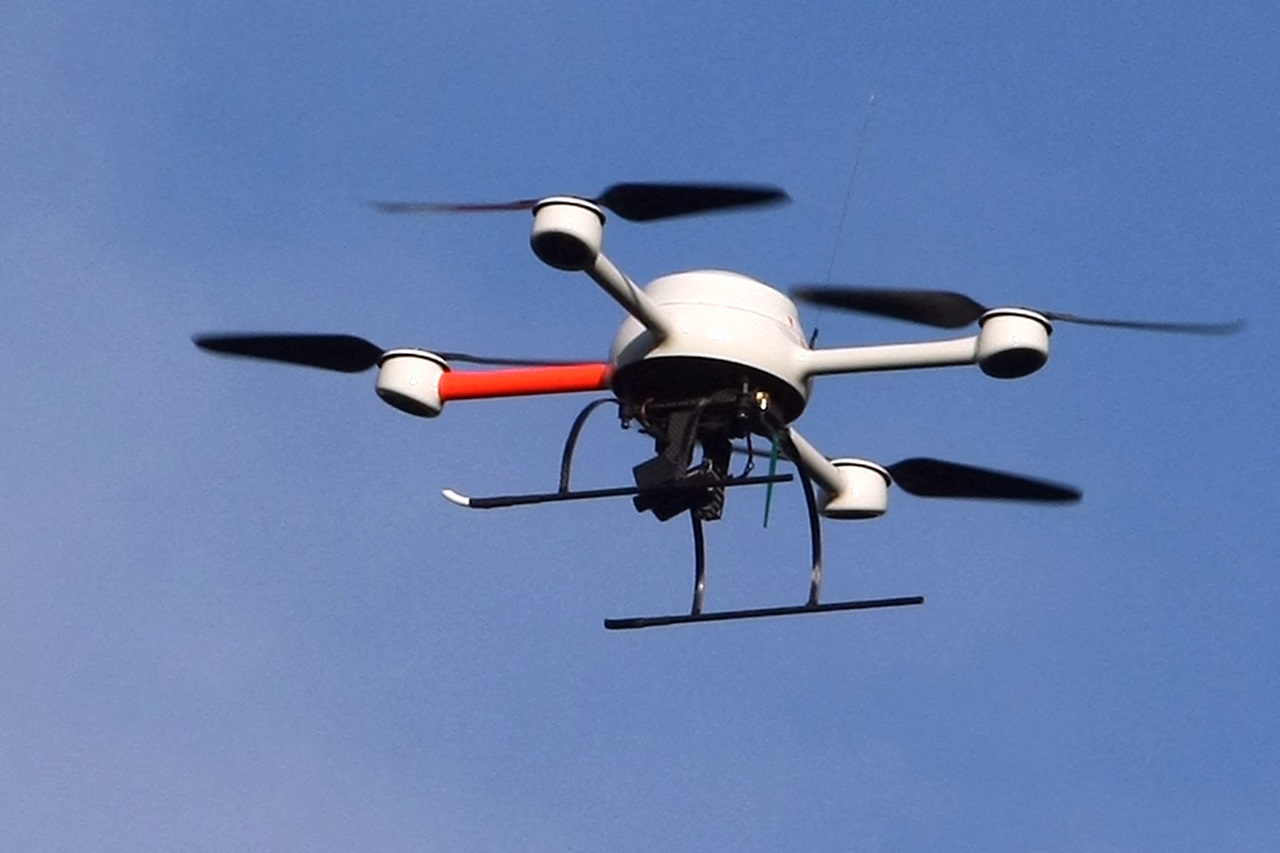
80,000 tons of plastic form the Great Pacific Garbage Patch
Some 80,000 metric tons of trash comprising 1.8 trillion pieces of plastic - known as the Great Pacific Garbage Patch - were Friday floating in the sea, the Netherlands-based Ocean Cleanup Foundation said in a press release.
The floating patch, or GPGP, located halfway between California and Hawaii, is the world's largest accumulation of ocean plastics, the Foundation said in its release summarizing its work published Thursday in Scientific Reports.
The research took three years and was done in collaboration with six universities and an aerial sensing company.
"We were surprised by the amount of large plastic objects we encountered", Dr. Julia Reisser, Chief Scientist of the expeditions, was quoted as saying. "We used to think most of the debris consists of small fragments, but this new analysis shines a new light on the scope of the debris."
The GPGP is about 1.6 million square kilometers in size - three times the area of France - and is defined as floating debris of more than 10 kilograms of plastic per square kilometer. Some 92 percent of its mass is made up of larger objects and 8 percent of microplastics.
Almost half of the patch comprises fishing nets, the report said, and its dimensions are four to 16 times larger than previous measurements, which began in the 1970s.
The research effort included crossing the garbage patch simultaneously with 30 vessels, along with two aircraft surveys.










DEJE UN COMENTARIO:
¡Únete a la discusión! Deja un comentario.